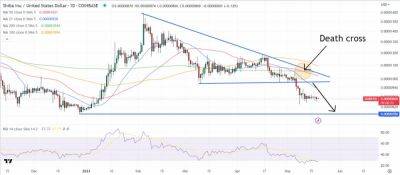What is the risk/reward ratio in cryptocurrency trading, and how to use it
The risk/reward ratio or risk/return ratio is a commonly used metric in trading that compares the potential profit of a trade with the potential loss. That said, it’s the reward traders stand to make for the risk they take.
For example, an investment with a risk/reward ratio of 1:3 would mean that for every dollar the investor spends, they gain three dollars if the trading goes in their favor. The risk/reward ratio is decisive to cryptocurrency trading, whether for daily trades or crypto investment for the long run, known as “hodling.”
To gain a better understanding, let's consider it in the context of crypto trading.
Assuming that the prevailing price of Ether (ETH) is $2,000, a crypto trader might decide to enter a long position (buy) with the following parameters:
The price at which they purchase ETH.
Should the price of ETH go down, which is not in the trader’s favor, the stop-loss point is where they would sell the ETH acquired (for a loss) and avoid further losses. In other words, they’re risking $200 per ETH bought at $2000.
If the price of ETH goes up, the take profit price is the point they would sell the ETH, which, in this case, would be for a profit of $1000, a reward of $1000 per ETH.
Plenty of risk/reward ratio calculators are available online for cryptocurrency trading. Using the above example, here’s how to manually calculate the risk/reward ratio:
Here is the formula for the risk/reward ratio:
Related: What is a trading journal, and how to use one
The risk/reward ratio helps traders evaluate a trade’s potential risks and rewards, and make decisions accordingly. It allows traders to manage risk effectively by setting stop-loss orders and take-profit levels, limiting potential losses while maximizing profits.
H
Read more on cointelegraph.com


















